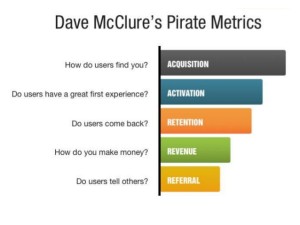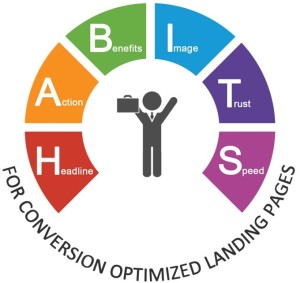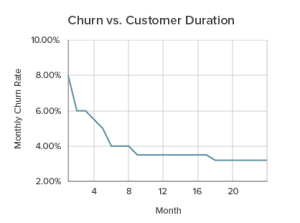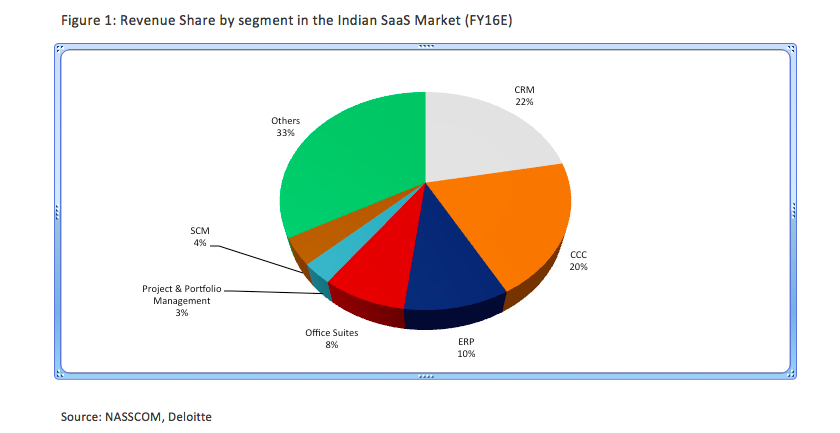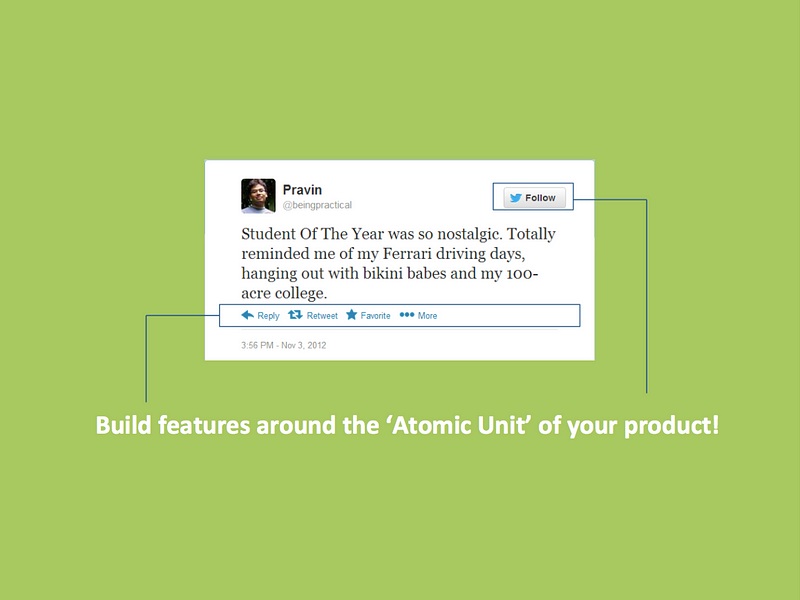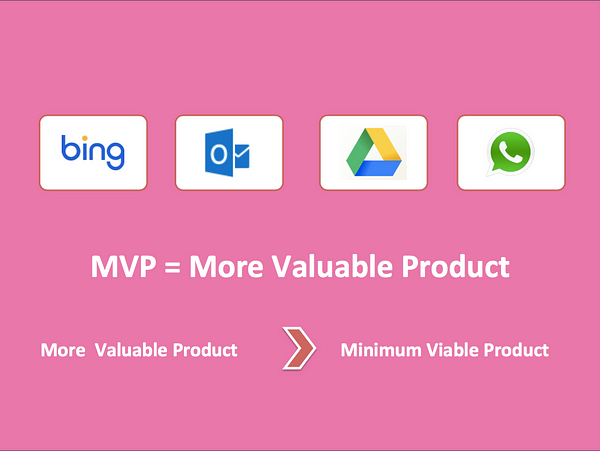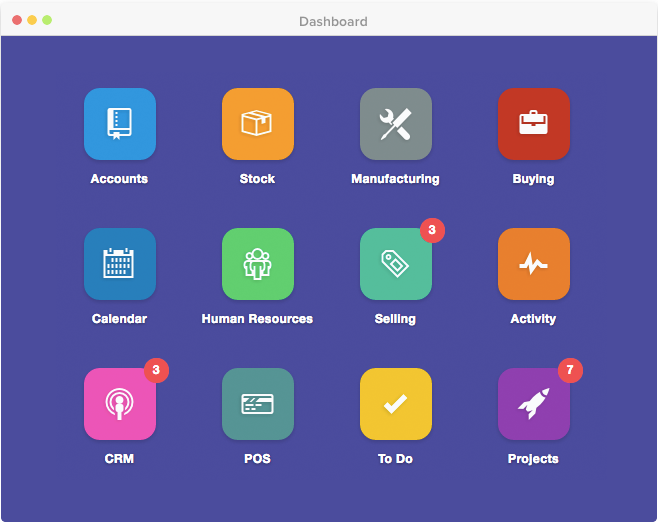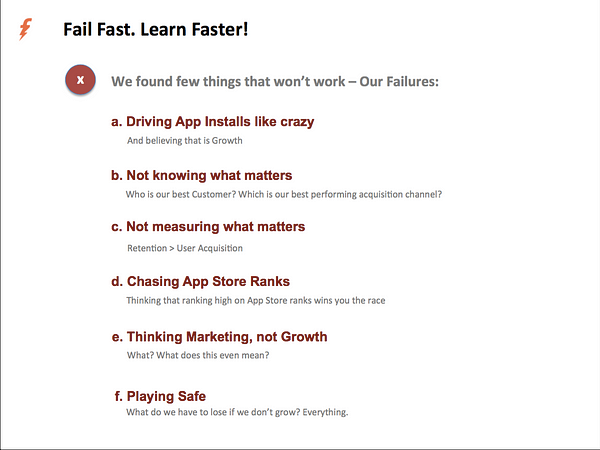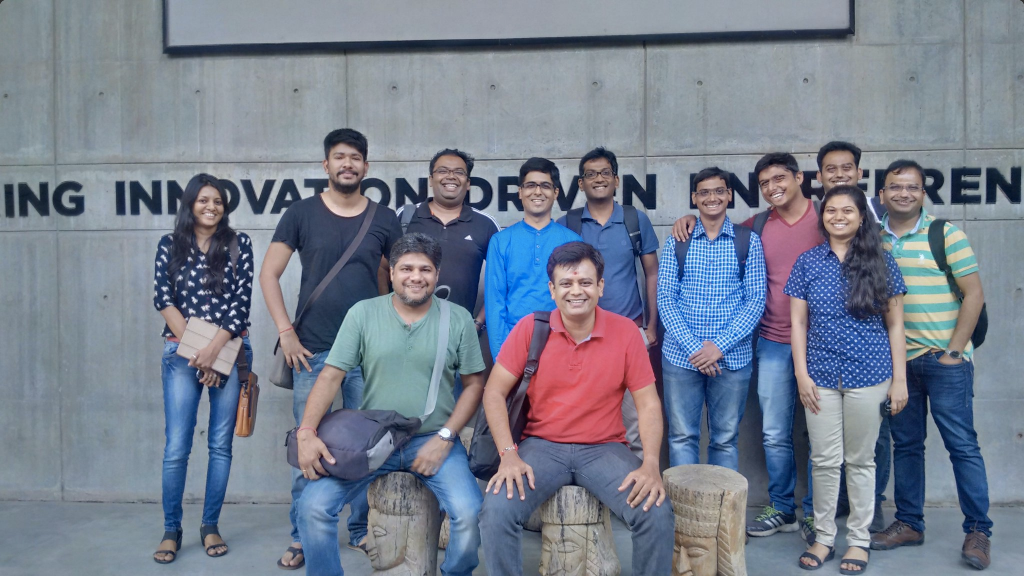Imagine a warehouse of more than one crore square feet in Central India – around five times the size of the largest football stadium in the world. It would have an eight lane highway that is connected to all four corners of the country on one side. It would have one of India’s largest railway container terminals for handling enormous goods trains on another side. It would have an all-cargo airport terminal operated by a partner on another side. And on the fourth side would be a cluster of manufacturers supplying the warehouse in real time based on big data analytics of national demand and inventory for their products.
This warehouse is not even on the radar today but can become a reality with the GST Bill. Passing the GST Bill – India’s reverse Brexit moment that will end state-by-state rules and create a national market for goods to be supplied from anywhere to anywhere – will create millions of formal jobs.
Currently, supply chains for e-commerce companies are not optimised but distorted by regulatory cholesterol that prevents us from offering customers the lowest cost or fastest delivery. We are unable to supply goods worth more than Rs 5,000 to UP because our customers have to go to a tax office and complete paperwork. We are unable to keep goods from our 90,000 suppliers in our warehouses across Karnataka due to double taxation. We often face confiscation of goods and cash in Kerala because of their approach to tax domicile, which conflicts with supplying states.
With GST, all of this will be history.
A seamless national supply chain that is agnostic to supply or demand destination is urgent, important and overdue for three reasons. First, it is India’s development trajectory to reduce poverty. Second, it will improve enterprise productivity. Finally, it is about empowering consumers and producers.
Let’s look at each of them in more detail.
We need to evolve very differently from China as we do not have the same global manufacturing and trade opportunity China had in 1978. Plus, democracy imposed some very desirable but real fixed costs on infrastructure building and growth. Harvard professor Ricardo Hausmann suggests that the best predictor of sustained prosperity is “economic complexity” and India’s economically complex economy is a great opening balance for building on domestic consumption growth to reduce poverty. Essentially, instead of the traditional formula of large manufacturing, exports and large enterprises, i think India’s destiny lies in services, domestic consumption and small and medium enterprises.
The second point of enterprise productivity is important because poverty can be eliminated by improving productivity. We are thinking hard about individual productivity like skills and education, but we must recognise that India’s problem is not jobs but wages. Our official unemployment rate of 4.2% is not fudged. Everybody who wants a job has one, just not at the wages they want. India’s enterprise stack is largely informal, unproductive and built on self-exploitation. Of our 63 million enterprises 12 million don’t have an office, 12 million work from home, only 8.5 million pay taxes, only 1.5 million pay social security, and most tragically, only 18,000 have a paid-up capital of more than Rs 10 crore.
Drying this swamp is key. The US economy is nine times our size but only has 22 million enterprises. Ninety per cent of India works informally (this is the same number as 1991 and means that 100% of net jobs in the last 20 years have been created in informal enterprises). Many factors go into enterprise productivity but the main one is market access: connecting with buyers.
The final point is about consumer and producer empowerment. The majority of India’s 600-million-strong transacting consumers do not have access to quality products at affordable rates. Similarly, lakhs of producers are denied market access. Because of geographical constraints and artificial restrictions placed by the current tax regime, quality products are expensive and affordable products suffer from poor quality.
Here technology can come to the rescue post-GST. The ‘India stack’ framework for transactions (paperless, presenceless and cashless) is being first applied magnificently to finance but has huge implications for production and consumption once GST is passed. An unintended consequence of implementing the India stack across supply chains will be big data analytics for government that will not only improve compliance but greatly expand formal economic activity and create a virtuous cycle for credit, employment and wage rises.
One of the most remarkable books about India is The Integration of Indian States by V P Menon. It describes wonderfully how the 562 maharajas that administered more than 40% of India’s land and 25% of our population in 1947 were brought into the Indian state by 1951 in a project led by Sardar Patel, which secured the political unity of India. Passing GST will have similar impact on our economic unity. It will be a gift to first-generation entrepreneurs who don’t have connections or money but just the courage of their hearts, the sweat of their brow and the strength of their back.
Coming soon after Brexit – the UK’s economically baffling decision to leave the European Union – passing GST would also signal to the world that India’s economic ambitions have new rocket fuel. India’s regulatory cholesterol has been hostile to small entrepreneurs. GST rights that wrong and makes a new appointment with India’s missed tryst with destiny. This is one that she must keep.
Guest Post by Sachin Bansal, Co-founder & Executive Chairman of Flipkart








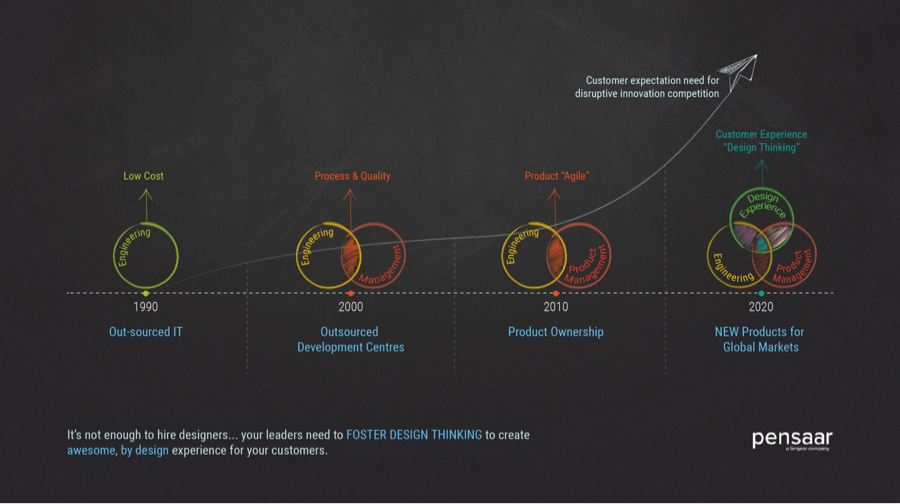
 Not surprising that companies (of every shape, size and origin) are struggling with innovation. Good work is happening, the right interventions are being made but these interventions are happening in silos. One is left with the feeling that “some secret sauce is missing”. Is there a secret sauce? And is it missing?
Not surprising that companies (of every shape, size and origin) are struggling with innovation. Good work is happening, the right interventions are being made but these interventions are happening in silos. One is left with the feeling that “some secret sauce is missing”. Is there a secret sauce? And is it missing?
